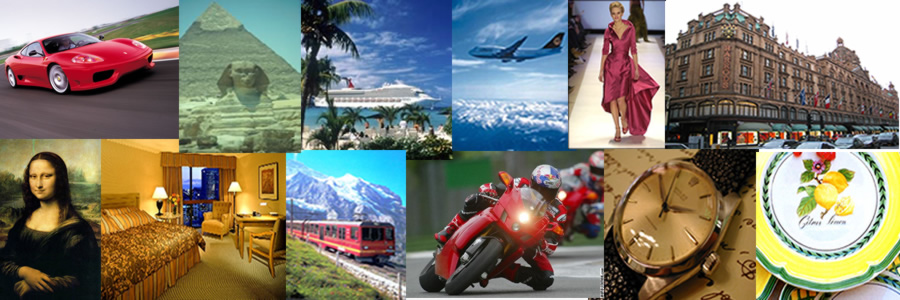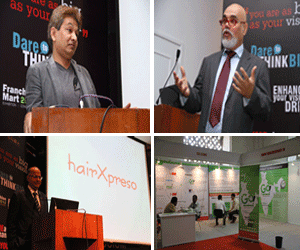While USA keeps its luxury market on top of the world, China is en-route to the same highway and in another five years will become the second largest luxury market in the world. And with the current pace, Indian luxury market follows the latter closely with millions of middle class people willing to invest in luxury products and services.
If government puts in practice better policies for the retail industry, India would be hard to ignore for international investors. Indian luxury market is expected to touch Rs. 75,000 crore from the current market of Rs. 40,000 crore in the next two years, which would be a 25 percent growth. According to DS Rawat, General Secretary, Assocham, this big leap can be attributed to an enormous increase in spending.
Indian youth appears to be the protagonist of the rise in luxury market as the awareness of brands among them is increasing and even people living in outskirts and regions far from metropolitan cities show strong desire for acquiring luxurious property.
As the purchasing power of middle class and upper middle class increase, major growth in their spending is anticipated. India is a populated country and similar spending of consumers and exposed cultures around the globe leave us in a strong position to expect big positive changes in the luxury market. It is expected to grow four times by 2020 to Rs. 180 lakh crore, supported by latter factors, increases in incomes and need of asset among people, says the Assocham report.
Since the growth in luxury market is expected, the increase in personal wealth comes very natural. The number of Ultra High Net worth households, with a minimum net worth of Rs. 25 crore, is expected to triple in next 5 years to 2.86 lakh and the HNIs will quickly double its number in a short span of 3 years to over four lakh. Now, understanding the increasing price parity in the luxury products and customized product offerings from other Asian countries like Hong Kong and Singapore, clearly tells the upcoming evolution of Indian luxury market.
Until 2012 from 2009, Rs. 175,000 crore was the total amount of Private Equity investments and a sum of barely Rs. 5000 crore was invested in the luxury sector. But with massive growth shown by luxury market at 25 percent every year, increase in the Private Equity investments is expected to balance the over grown luxury market in the future. However, there is a dwindling hope that there would be any fund completely dedicated to luxury market investing as D.S. Rawat stated that fluctuations in luxury market are unlikely to wane the investing focus on the luxury market. Countries like India and China are steadily becoming the economic forces to reckon in the future. Even in global economic crisis, these countries sustained their growth and recovering fast from the slowdown of economy. The overwhelming demand of international luxury brands by these countries is the perfect example. Apparel, Accessories, Home Décor, Fine Dining, Fine Art, Hotels, Yacht, Automobile, Real Estate, Travel & Tourism, Wines, Jewelry, etc beholds a great potential in the Indian market as the expected growth from these products is around 20 percent. And as the luxury products are best for short term investments, the luxury assets proves to be more stable and are perfect for long term investments and the returns are better with luxury assets. Hence, there has been highest recorded growth in automobile sector. Gradual increase in personal wealth among people of metropolitan cities and its outskirts, availability of numerous brands and their tremendous amount of small and mid-sized cars, all contributed to the 40 percent growth in cars since 2006. Similarly, all luxury assets are expected to grow by 2015 from the current Rs. 2100 crore to Rs. 4000 crore.
On another hand, jewelry holds the largest share of investments in the luxury sector products as there is a growing trend among Indians to use this sub sector for investment purposes. And continued enthusiastic investment in jewelry leads to low consumer elasticity. Luxury products are expected to grow from Rs. 14200 crore to Rs. 27000 crore in the coming three years.
Under the category of luxury services comes hotel industry with the largest portion of investments. The luxury services sector is expected to grow to Rs. 7200 crore from Rs. 5000 crore by 2015.
Changing trends and consumer embracing them with wide arms is fairly enough to prove the enormous potential Indian luxury market beholds. Varied perceptions, from mere experience to material possession, regarding luxury among people gives a lot of scope to international luxury brands to satisfy such needs. An international luxury brand with extensive research on the Indian luxury market, suitable marketing strategies and a wise local partner could do wonders here.































 +91 9909960054
+91 9909960054